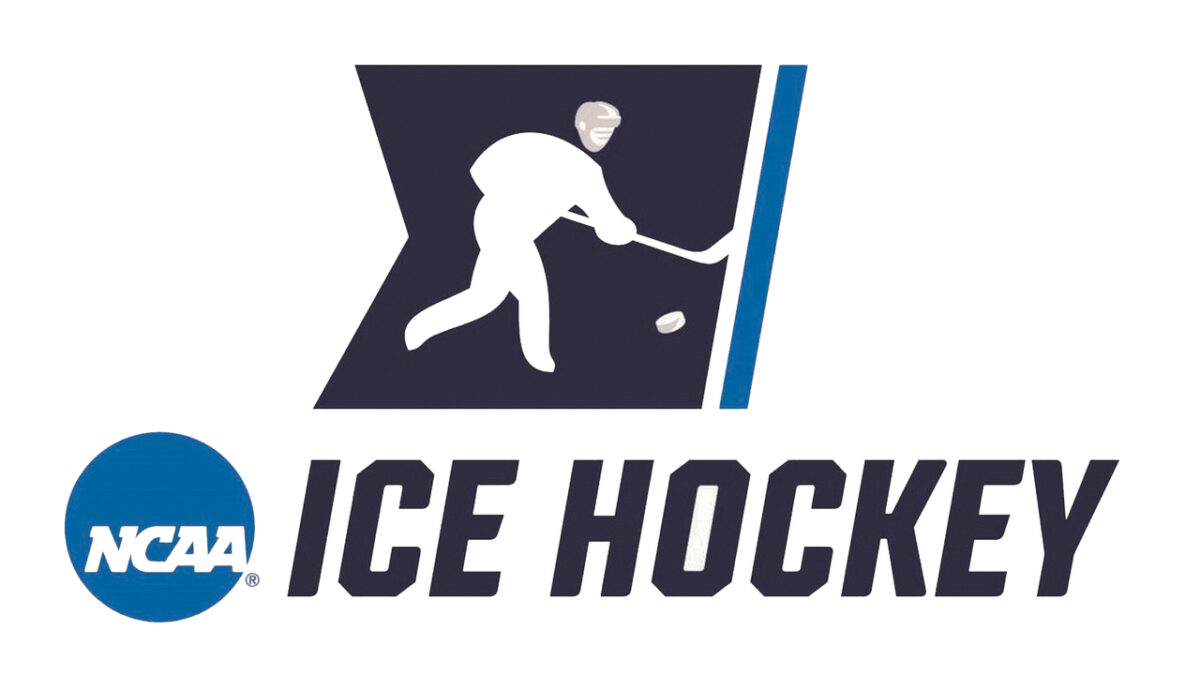
As part of a recent settlement agreement, the NCAA will be expanding scholarships across all sports, replacing previous scholarship restrictions with roster size limits. This new structure option will take effect in the 2025-26 academic year, coinciding with another significant change: the sharing of revenue with student-athletes.
Old Model: 18 Flexible Scholarships
Under the current model, Division I ice hockey teams can offer up to 18 scholarships, which can be divided among as many players as the coaching staff sees fit. There is no limit on the number of roster spots, allowing teams to carry an unlimited number of non-scholarship players.
New Model: 26 Fixed Scholarships
The new option presents a different approach: teams must roster exactly 26 players, each of whom will receive a full scholarship. No partial scholarships are allowed, and teams are required to maintain 26 players throughout the entire season. If revenue-sharing dollars are available, they would be distributed among these players.
The Dilemma for Men’s and Women’s Hockey
For men’s ice hockey, where the average roster size last season was around 30 players due to frequent injuries, limiting the roster to 26 spots could be problematic. Teams may find it difficult to maintain a full squad throughout a grueling season.
On the women’s side, the new structure might offer more scholarships than necessary. Last season, Division I women’s teams averaged about 25 players, a number slightly inflated by graduate students taking advantage of a fifth year of Covid eligibility. Most coaches suggest their ideal roster size is between 24 and 25 players, including three goalies. Typically, teams only need 20-22 skaters and two goalies for the season unless a significant number of injuries occur.

Key Considerations
1. Financial Viability: Many programs, especially in women’s ice hockey, may struggle to afford 26 scholarships. Women’s hockey is not a revenue-generating sport for most schools, and increasing scholarships from 18 to 26 could significantly raise operational costs.
2. Top Programs’ Advantage: Schools with large athletic budgets, like Ohio State, Wisconsin, and Minnesota, are most likely to consider adopting the new scholarship model. These programs benefit from substantial revenue streams from TV deals and their football and basketball programs.
3. Optimal Roster Size: Most women’s teams only require 22-24 players, making the new 26-player requirement potentially excessive. Even last season’s national champions, Ohio State, had just 24 players, while runner-up Wisconsin primarily utilized 22 players.
4. Playing Time Concerns: Elite players might opt for programs where they are more likely to play, rather than sitting in the stands as the 24th, 25th, or 26th player on a top team. This trend has already been observed with the current transfer portal, and it may intensify under the new scholarship model.
5. Impact on Ivy League and Smaller Programs: Ivy League schools, which do not offer athletic scholarships, and other programs unable to afford 26 scholarships, could find it increasingly difficult to compete for top talent. This could further widen the gap between the elite and less-funded programs in women’s hockey
The Road Ahead
While the new scholarship model has the potential to increase opportunities for women’s ice hockey players, the actual impact will depend on how many schools can and will adopt it. The coming months will reveal which programs opt for the expanded scholarships and how this change will shape the future of collegiate women’s hockey.
Learn More on CHAMPS+
CHAMPS+ Subscribers can watch former DI coach, Harry Rosenholtz from College Hockey Showcases discuss the new scholarship rules during the August CHAMPS+ Webinar:


